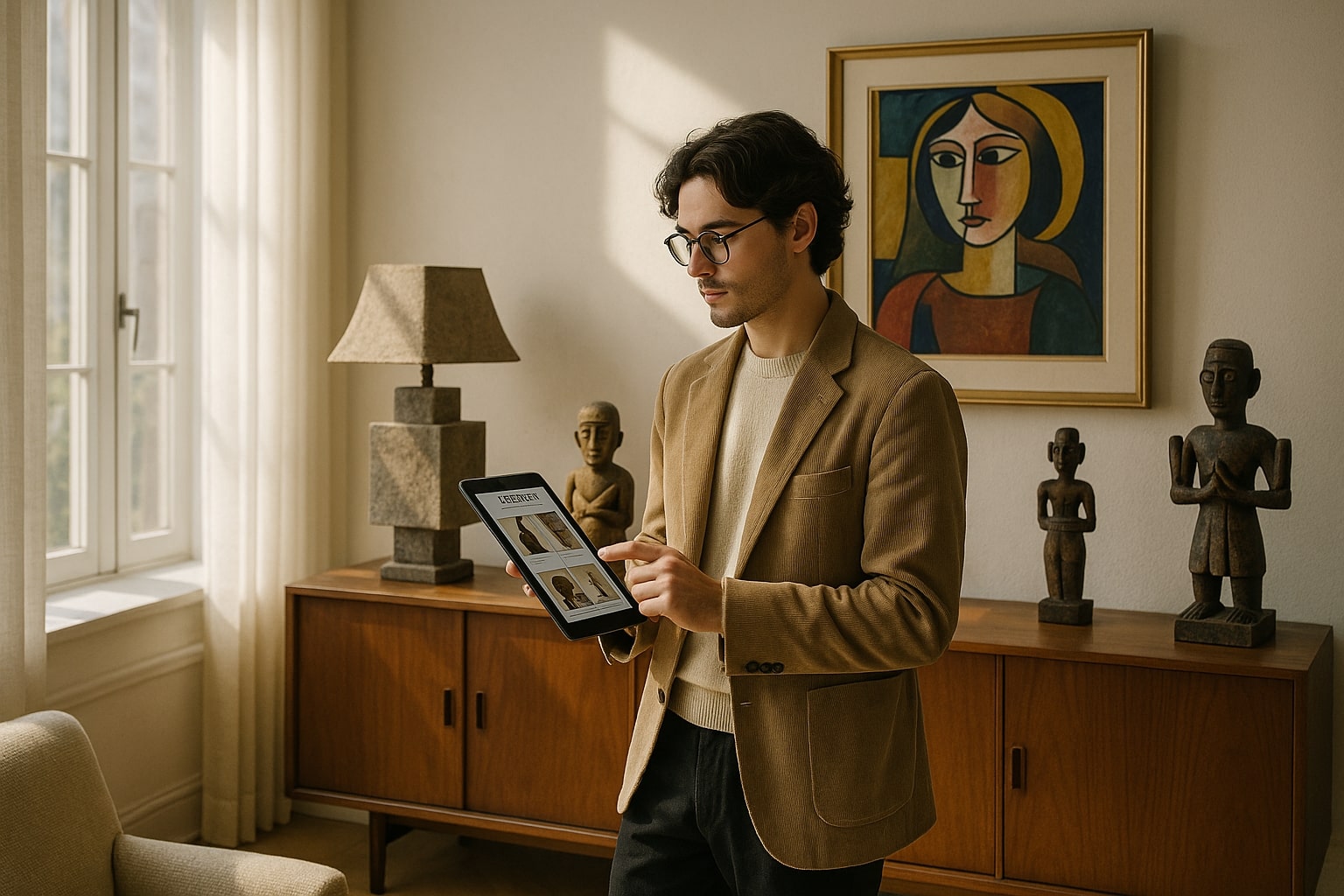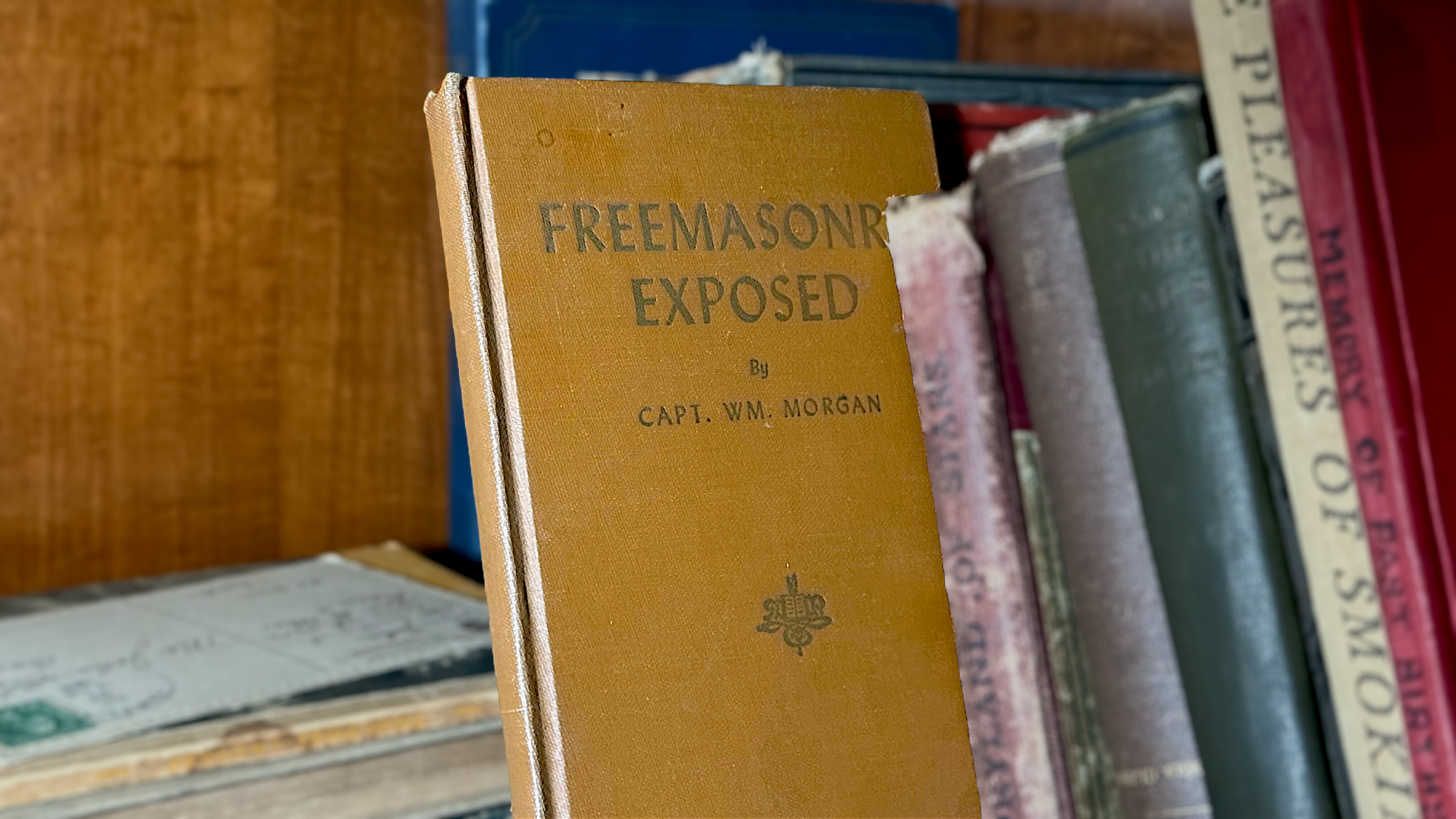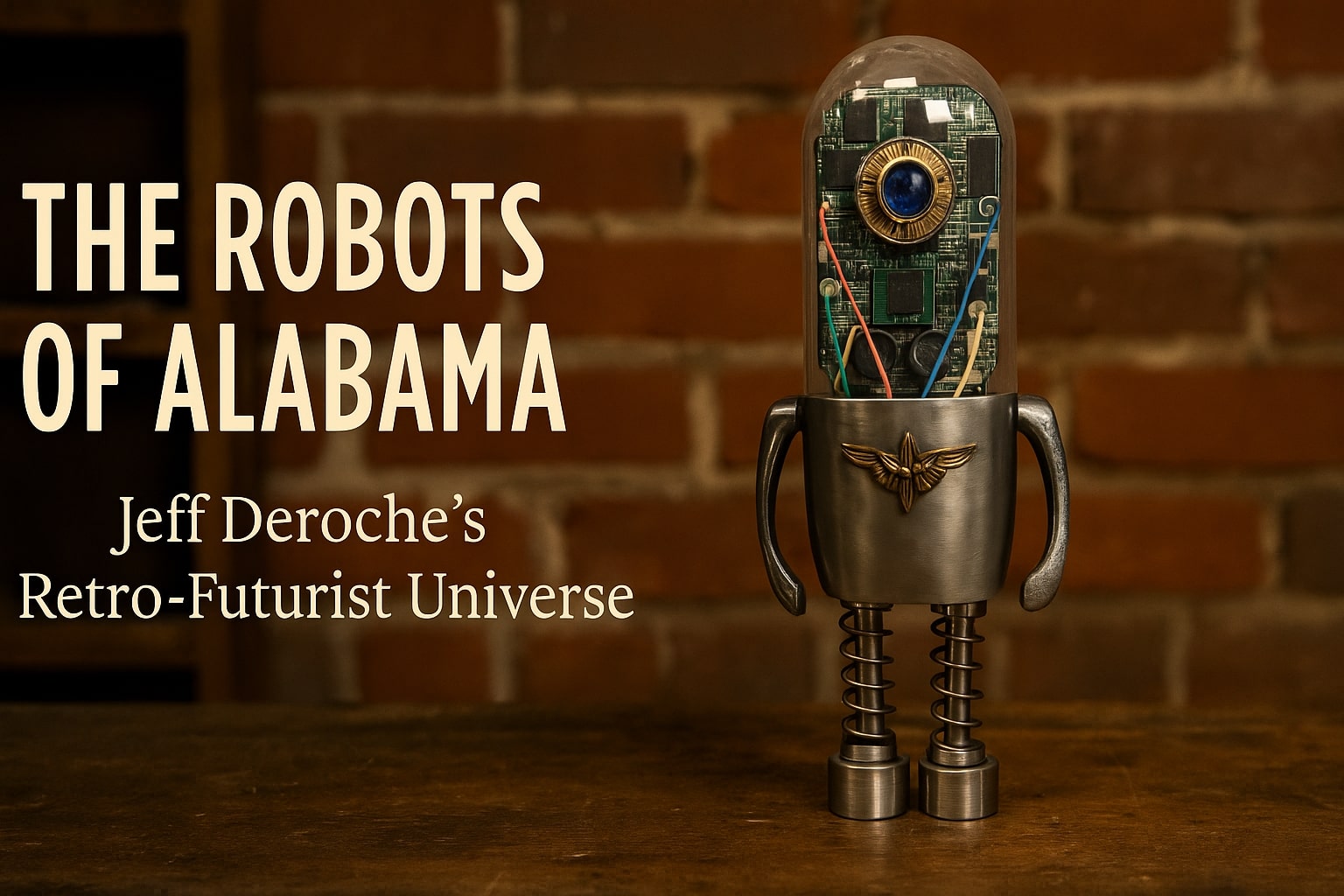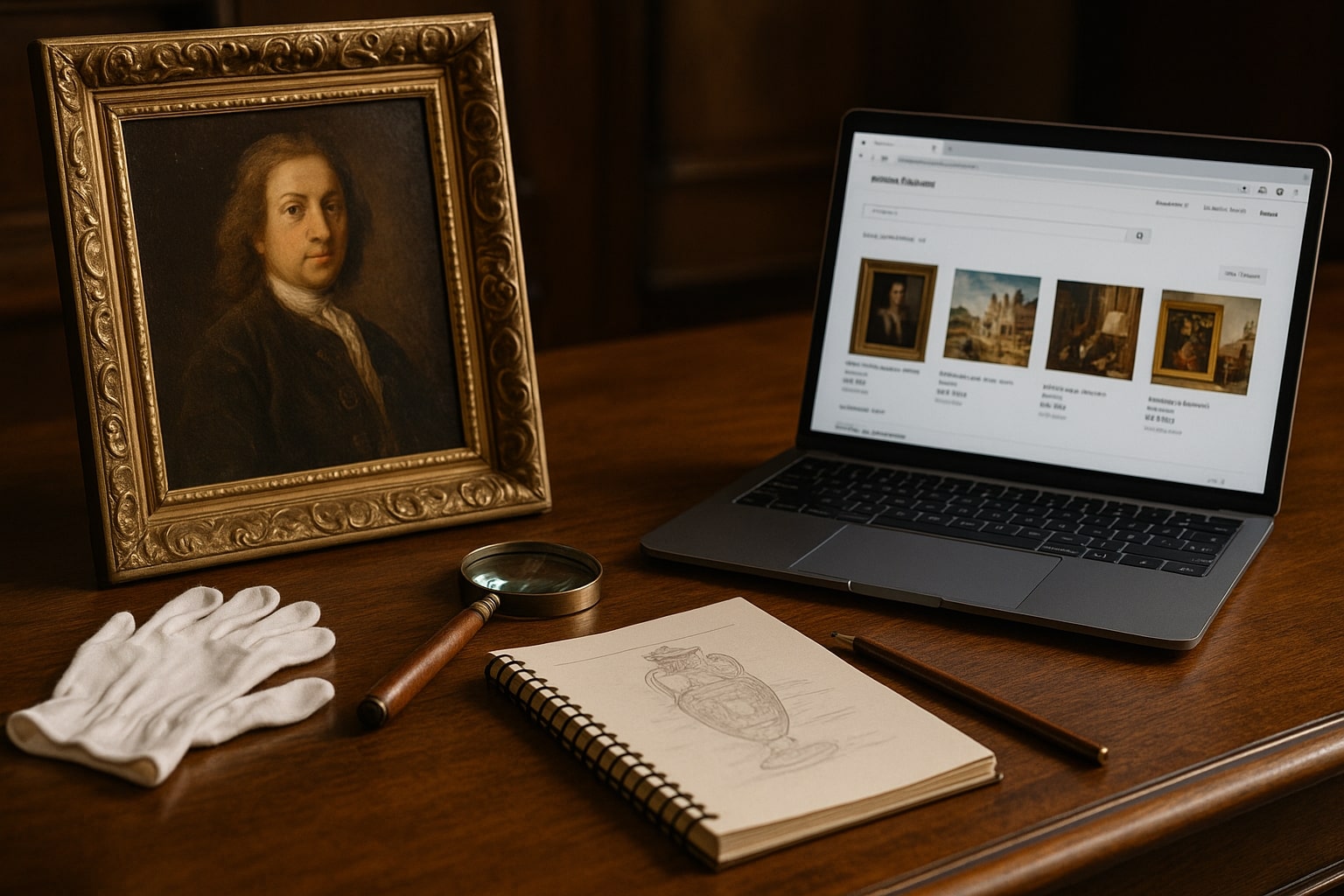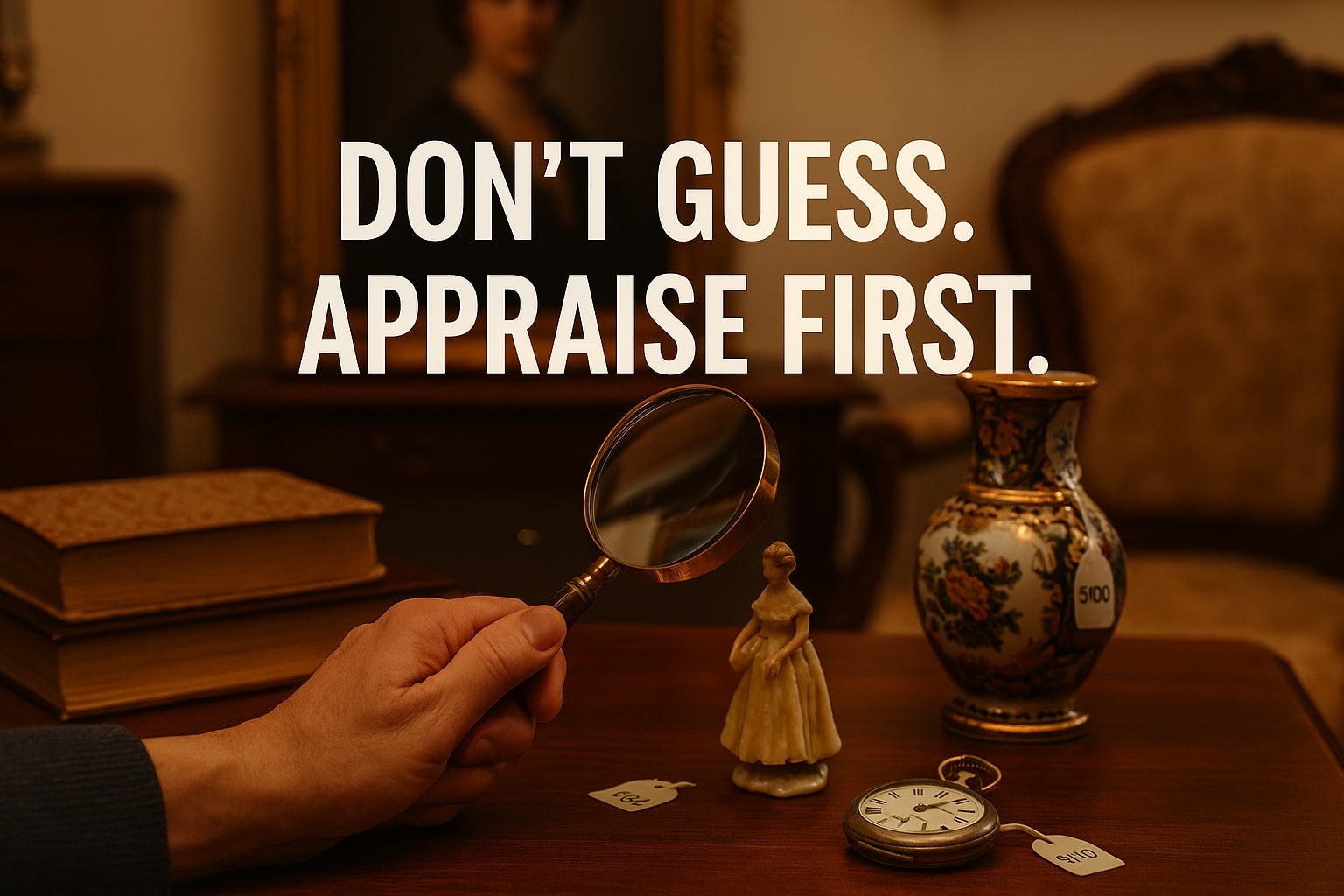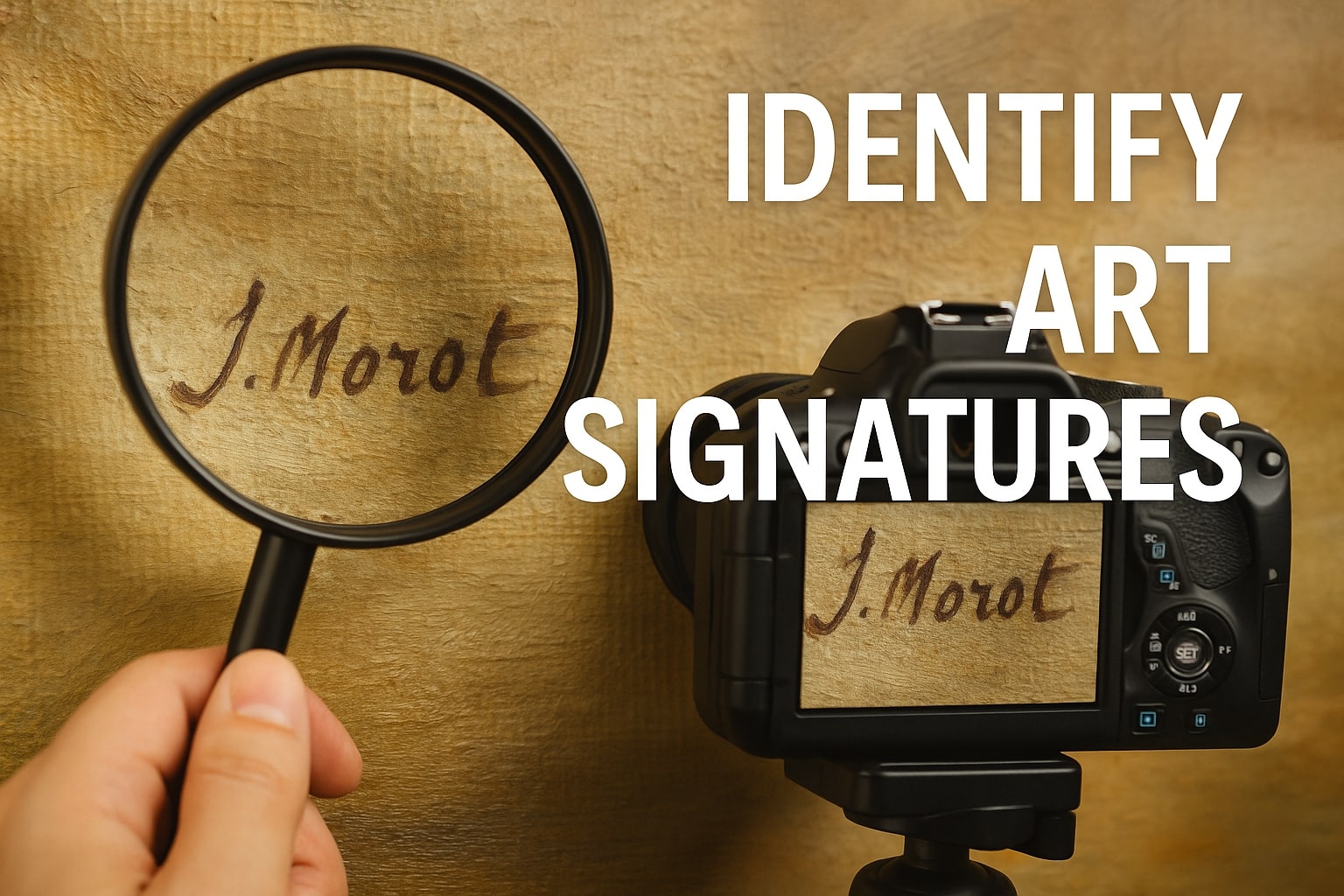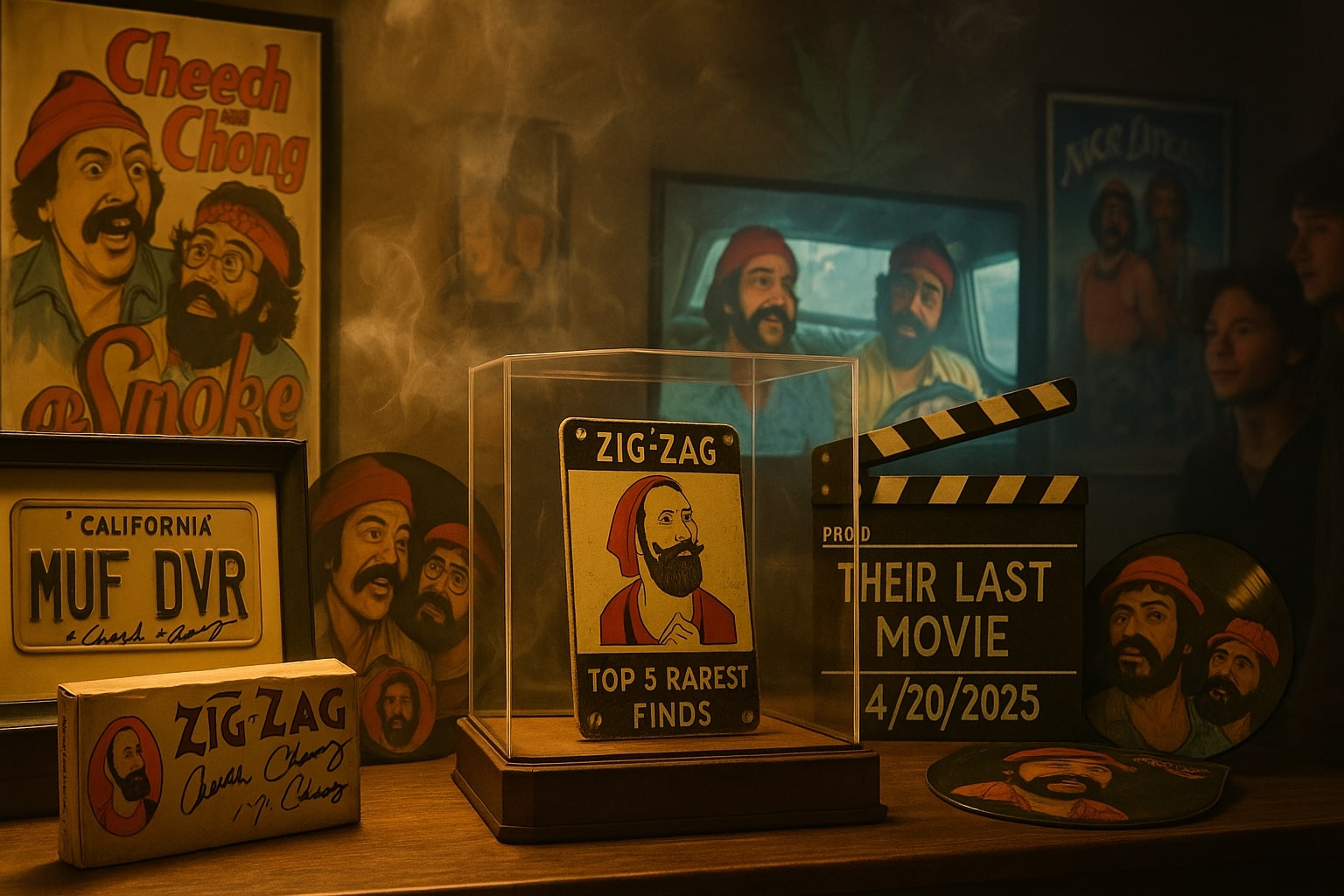The Future of Antique and Fine Art Collecting: What to Expect in 2025 and Beyond
Antique and fine art collecting is on the brink of a generational renaissance. As we move deeper into 2025 and gaze toward the 2030s, a wave of change is sweeping across the industry. New collectors, digital innovations, and a shift in how people perceive value are all shaping the market. This article explores what the next decade will look like for antique and fine art buying. We’ll look at what future collectors will seek, which markets are rising, and which are quietly fading into history.
A Changing of the Guard: Millennials and Gen Z Step In
For years, the antiques market catered mostly to older, wealthier collectors. But things are shifting. Millennials (now in their 30s and 40s) and Gen Z (in their 20s) are entering the market and rewriting the rules.
These younger collectors want pieces that reflect their values:
- Sustainability: Antiques offer a greener alternative to mass-produced furniture. A centuries-old cabinet doesn’t just look good—it reduces waste.
- Story and Character: New collectors look for history in each piece. They want objects that spark conversations and carry legacy.
- Uniqueness and Self-Expression: In a world saturated with sameness, collectors crave items that feel one-of-a-kind and photograph well on social media.
What Will Be Collected in the 2030s? A New Antique Era
As the decades progress, so does the idea of what qualifies as antique. Looking ahead, we can expect interest to grow in:
- Mid-Century Modern Furniture: American and Scandinavian styles remain popular for their clean, functional designs.
- 1970s–1990s Design: Think brutalist lighting, Memphis Milano furniture, and early Apple computers.
- Vintage Pop Culture Memorabilia: Pokémon cards, 90s rave flyers, VHS tapes, and retro streetwear are on the rise.
- Folk Art and Outsider Art: As Gen Z champions authenticity and mental health awareness, these genres gain momentum.
Traditional fine art from the early 20th century will hold steady in value. Still, the real surge could come from overlooked artists—especially women and BIPOC creators who were left out of mainstream art narratives.
Which Antiques Might Lose Their Spark by 2040?
Not every category is thriving. Some areas of antique collecting are slowly fading into the background:
- Formal Dining Room Furniture: Victorian and Edwardian sets are too large for modern open-concept homes.
- Fine China and Silverware: These items no longer fit today’s casual dining habits.
- Mass-Produced Collectibles: Overproduced items like Beanie Babies and Bradford Exchange plates hold little appeal and even less value.
These niches may resurface through nostalgia, but they’re unlikely to dominate the market again.
Digital Disruption:
The Rise of Online Markets and Virtual Auctions
Technology is transforming how we discover and buy antiques. Digital platforms are opening up the market like never before:
- Online Marketplaces: Sites like 1stDibs, Chairish, and even Etsy connect small dealers with global buyers.
- Social Media Influence: TikTok and Instagram are full of engaging videos showing how antiques can fit into modern lives.
- Virtual Auctions and Metaverse Museums: High-end galleries are experimenting with digital showrooms and blockchain-based provenance.
Collectors and dealers who embrace this shift will stay relevant. Those who resist may fall behind.
Why Antique Collecting Will Keep Growing
Contrary to fears of decline, the antiques market remains strong. It brought in $58.4 billion globally in 2024. Forecasts project steady growth of 6.7% CAGR through 2034.
Several forces are fueling this momentum:
- Affordability: Rising costs of new furniture make antiques a more attractive option.
- Sustainability: Gen Z and Millennials are choosing to own less—but better.
- Cultural Identity: Antiques offer a chance to stand out in a digital world and connect with real stories.
The Evolving World of Fine Art Collecting
Fine art collecting is also evolving. The younger generation isn’t chasing prestige alone—they’re building purpose-driven collections.
- Social Impact: Art that highlights causes or supports underrepresented creators is in high demand.
- Digital-Physical Hybrids: NFTs tied to physical art help secure authenticity and broaden appeal.
- Artist Sponsorship: Younger buyers are funding artists’ careers, not just buying a painting.
This mix of investing, storytelling, and social value speaks directly to the mindset of younger generations.
Will People Still Care About Antiques in 50 Years?
Yes—and likely even more than today. While styles may shift, the love of meaningful objects is deeply human. People will always crave things that connect them to history, memory, and emotion.
By 2075, someone might pay top dollar for a mint iPhone 1, vintage NASA jumpsuit, or rare anime figure. The antique of the future is already here—we just haven’t recognized it yet.
Why Now Is the Time to Join the Movement
Whether you’re a seasoned dealer or a first-time buyer, now is an exciting moment. Younger generations are reshaping the collecting landscape. Those who pay attention and adapt will thrive.
In the coming years, success in this space won’t just be about money. It’ll be about taste, curiosity, and creative thinking.
Antique and fine art collecting isn’t stuck in the past. It’s the start of something new.

